|
The final week of April and first 10 days of May produced some steady patch birding around Langtoft. Weather conditions haven't really been ideal for most of this spring and passage wasn't as good it might have been. Nonetheless, the week started with a new species for the patch – two Common Cranes, which slowly made their way south over the site and over Langtoft village (although agonisingly just a few hundred metres away from being visible from the garden). I was fortunate that they were so vocal, as I suspect they would have just circled high overhead and remained unseen if I'd not heard them calling.
A small trickle of Northern Wheatears continued to appear until the last, two males on 1-2 May. On 3rd, a fantastic male Whinchat appeared by the Cross Drain, and was even giving some sub-song for a time.
At sunrise on 7th, a rich song floating across the site transpired to be a male Common Nightingale – having checked notes, my first here since 2008, and certainly not a bird I thought I'd be hearing this spring. This is a species on the brink of being lost from Lincolnshire; its remnant site near Lincoln had only one pair in 2019. So, the significance of this bird setting up territory cannot be underestimated, at least at county level. With the weather so balmy and calm, conditions were perfect for making recordings. Here's seven minutes' worth for your ears – press play and keep reading ...
Baston Fen is looking in great condition this spring, with the recently created wet fields attracting good numbers of breeding and migrant birds. Highlight was a breeding-plumage Cattle Egret on 4th, although it appears to have been a one-day bird with no sign since. A few small groups of Dunlin and Ringed Plovers have been dropping in here, with Common Sandpiper and Greenshank also making the odd appearance. A lingering Whooper Swan also remains, having been injured earlier in the spring and presumably now set to summer locally.
On the subject of waders, which always play a big part in the local birding here as April turns to May, things have been fairly steady, although the best movements have tended to come on clearer days when the north-easterly has picked up throughout the afternoon, dropping birds in. BLGP has seen a small turnover of Dunlin and Greenshank (the latter enjoying a good showing this spring). The first Wood Sandpiper of the year dropped in briefly on the evening of 27 April, followed by a second flying straight through the following morning. Another appeared on the evening of 9 May, which I managed a fairly poor recording of as it flew around the pit.
A Black-tailed Godwit also dropped in on 3rd, but the highlight of early May was a beautiful Grey Plover on 5th. It was fairly tame and, with a bit of careful stalking (during which I managed to sink up to my waist in quicksand), I had the bird within 10 metres and enjoyed easily my best views of this species locally.
There have been precious few visits from any notable terns or gulls over the past two-and-a-half weeks. On a good day for the species across the south, I had four very brief Arctic Terns drop in on 28 April – in fact, so brief that I picked them up just as they were circling up to into the stratosphere and powering off to the north-east. I'd scanned the pit fully no more than a minute or so before and seen no terns at all. I wonder if anyone else finds that with Arctic Terns, that they're so inconspicuous in their arrival sometimes that they seem to appear from nowhere, and then disappear again just as effectively?! I had the same happen a few times last year, too. They make it look so easy, even into a brisk headwind. Thankfully a group of five hung around for a while on the afternoon of 10 May, allowing the first opportunity to really appreciate the species at the pits this spring.
There are plenty of brown fields around this spring, which will make the odds of winning the lottery that is finding Dotterel across the fens of Cambridgeshire and Lincolnshire even longer than usual. However, one such field on Deeping Fen, just a couple of miles from the pits as the bird flies, is still quite extensively flooded after the winter's rain and is attracting a few migrant waders. These have so far included Dunlin, Greenshank and Ringed Plover in the main, although a beautiful male Ruff dropped in on 9th. Two Whooper Swans were also a late surprise, but quickly moved off to the north, and a pair of Garganey also called in one day. There must have been so many birds using it during the winter; wish I'd known about it at Christmas!
Meanwhile, back at the pits itself, there are at least four male Cuckoos about and I've heard females bubbling on a few occasions. While its national trends make for grim reading, it does seem that they are persisting and even thriving in areas of regenerated gravel pits, at least around here, which offer a variety of habitats and are gradually expanding across the fens of the Deepings area, replacing the monoculture of crop fields (hopefully for the better in terms of biodiversity). It also seems a real boom year for Garden Warbler – I can't get over how many are singing at the pits at the moment, with 19 territorial males counted on 3rd.
The Bittern I included in my last blog post has resurfaced, now singing at a private site a few miles from where I originally had it. It's great to listen to, but his transient wanderings would suggest that he is unfortunately unpaired this year. I was, however, able to make a nice recording, this time uninterrupted by gulls, woodpeckers and a nearby generator!
Recent warm weather has made things feel very summery, and (prematurely no doubt) there's been a real end-of-spring feel locally. However, the weather has today [10 May] turned almost wintry, with a bitter northerly and icy showers quickly taking hold. For waders at least there's still a good few weeks to go, although as we go further into May it's more about the occasional, big bird rather than the good all-round spread of migrants that the past few weeks has produced. Still, it's exciting times ahead ... and hopefully there'll be more to talk about towards the end of this month.
0 Comments
|
This pageThe musings of a wildlife enthusiast, usually armed with his camera. Archives
May 2024
|
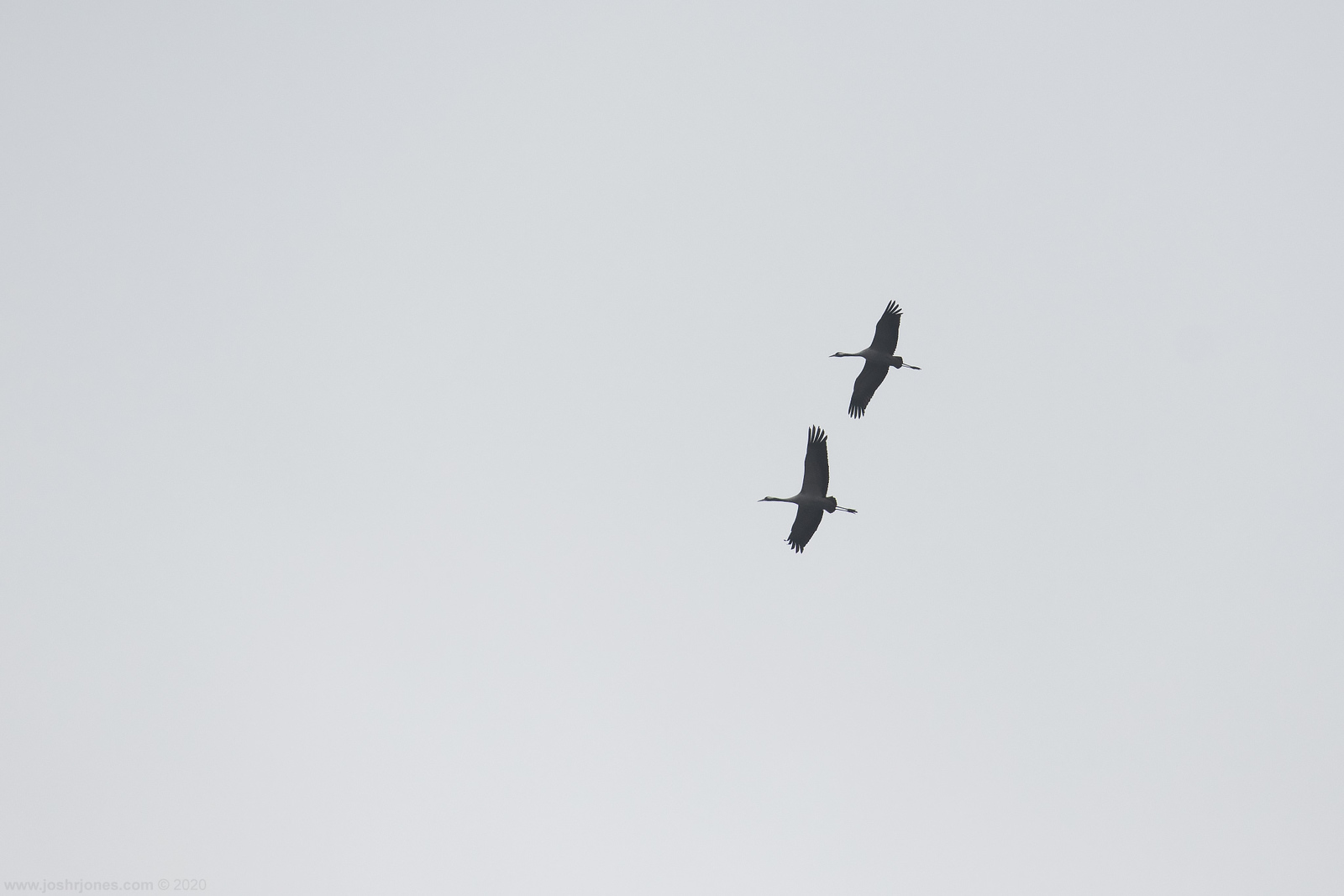
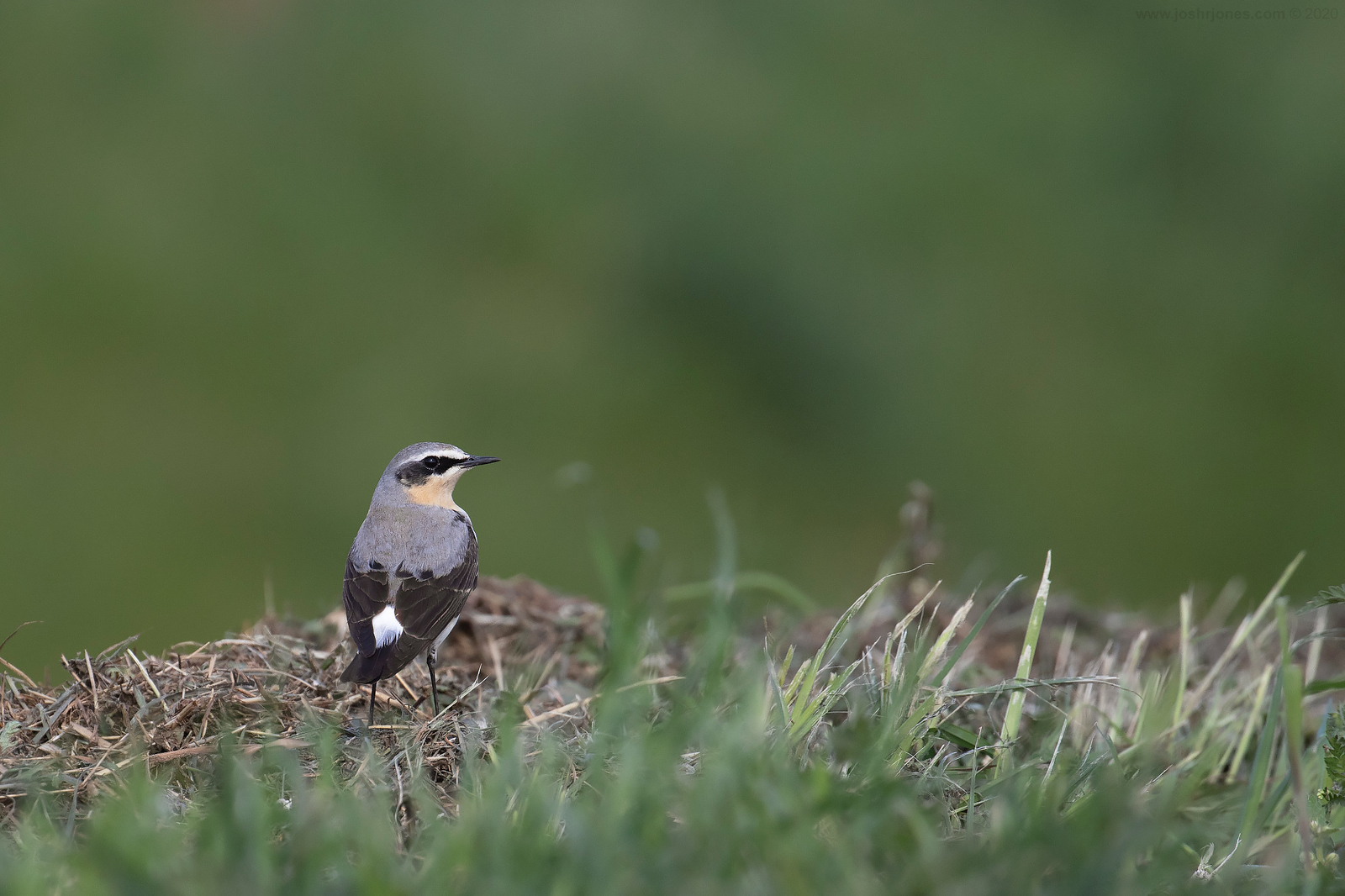
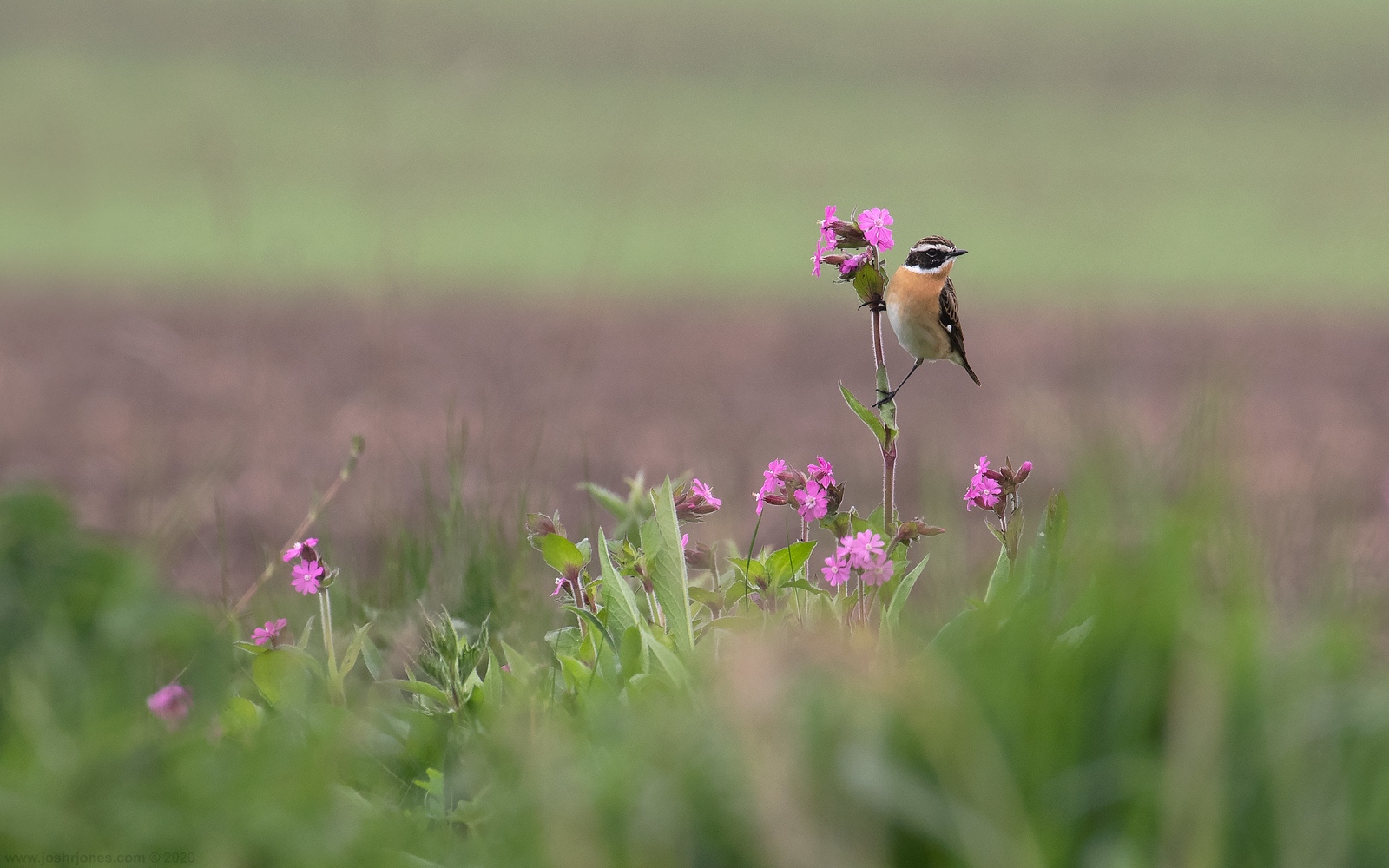
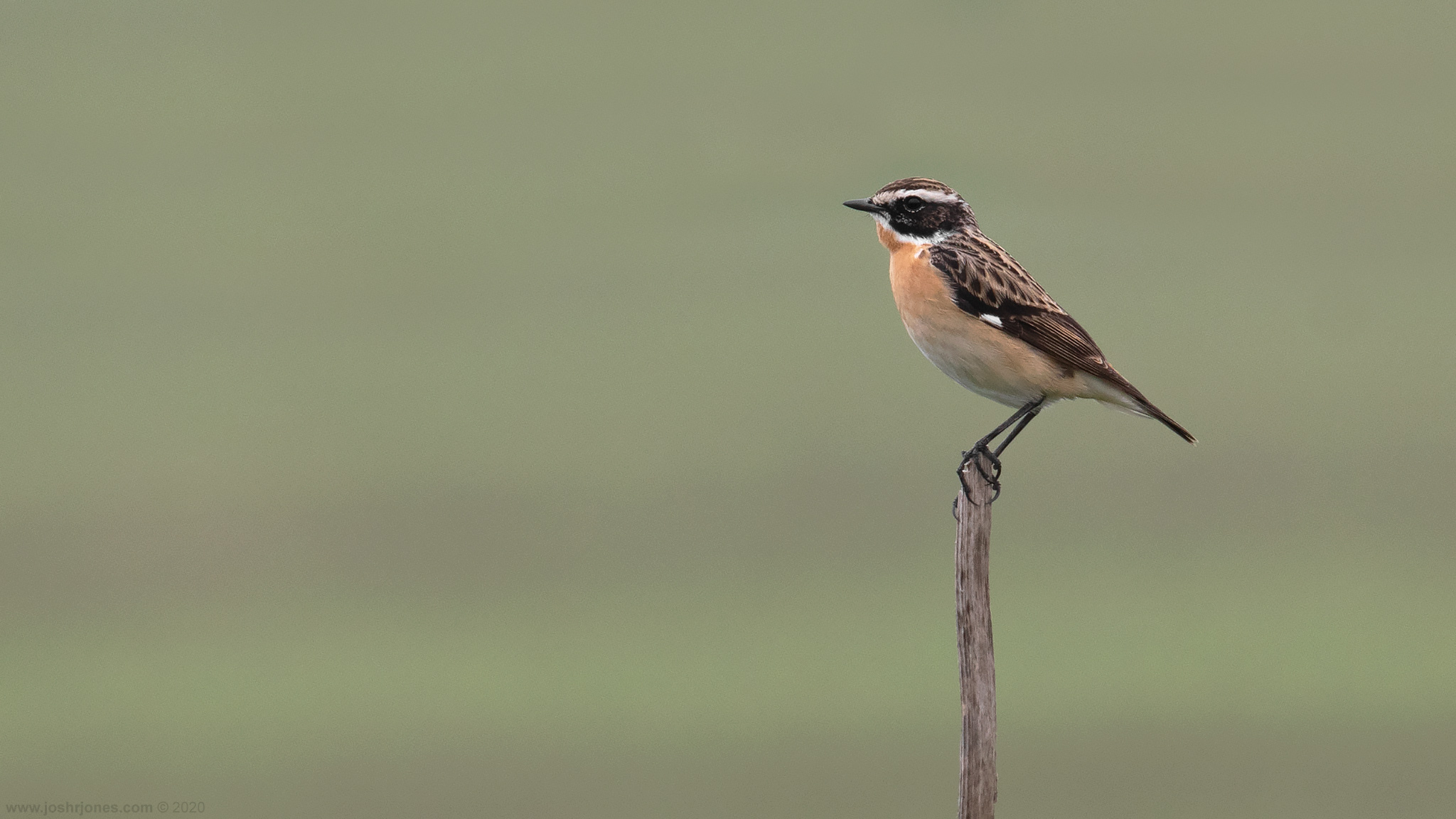
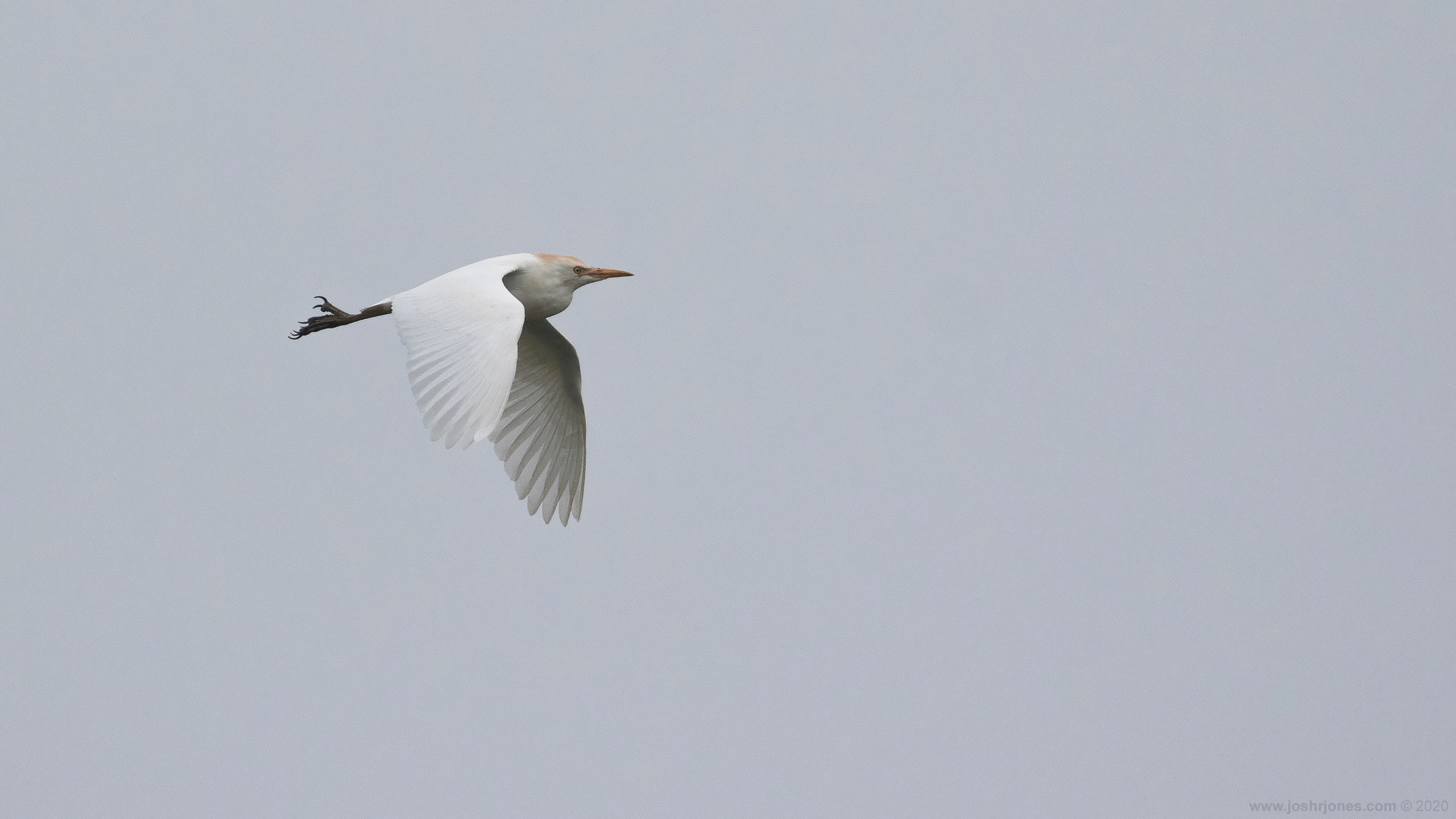
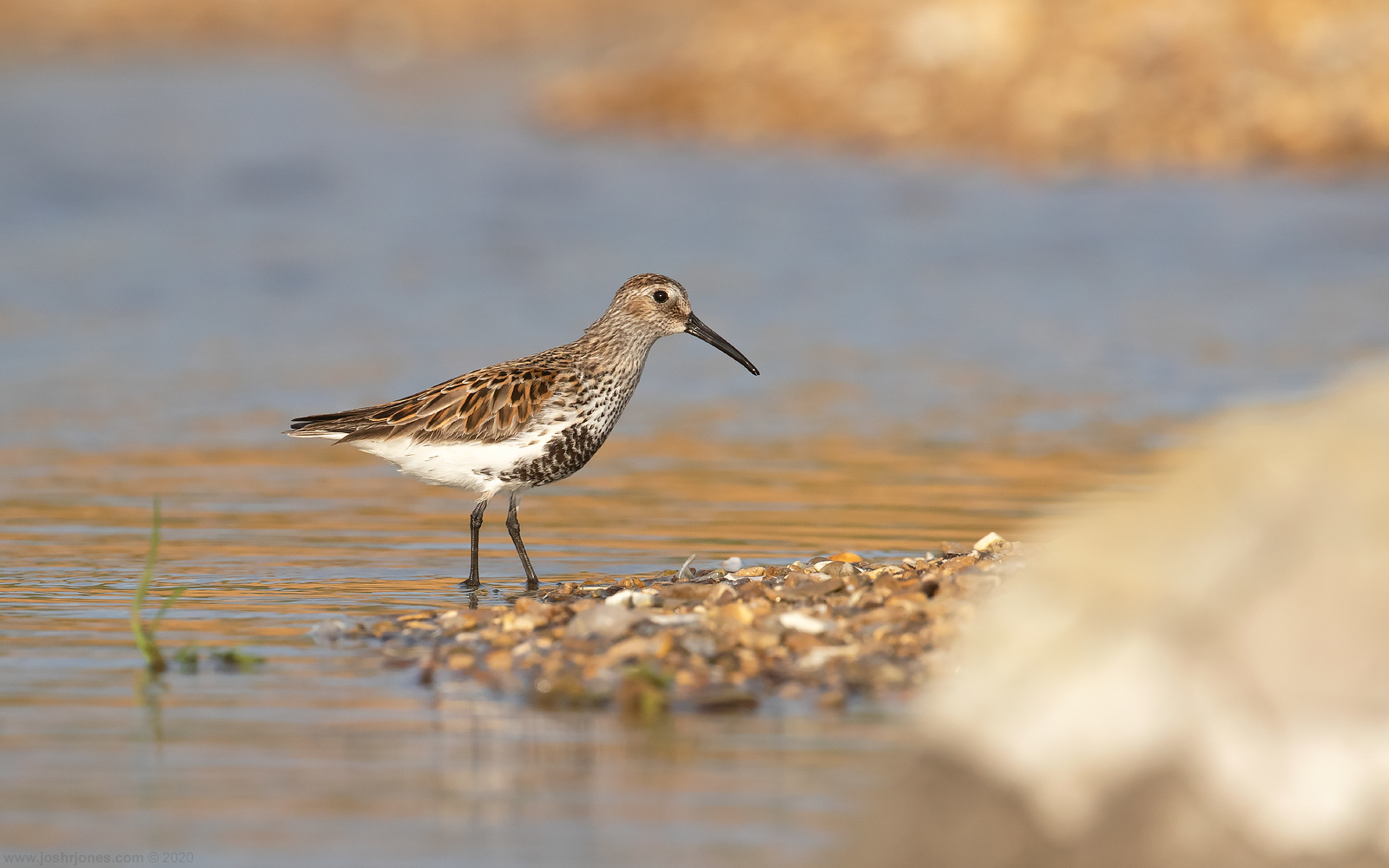
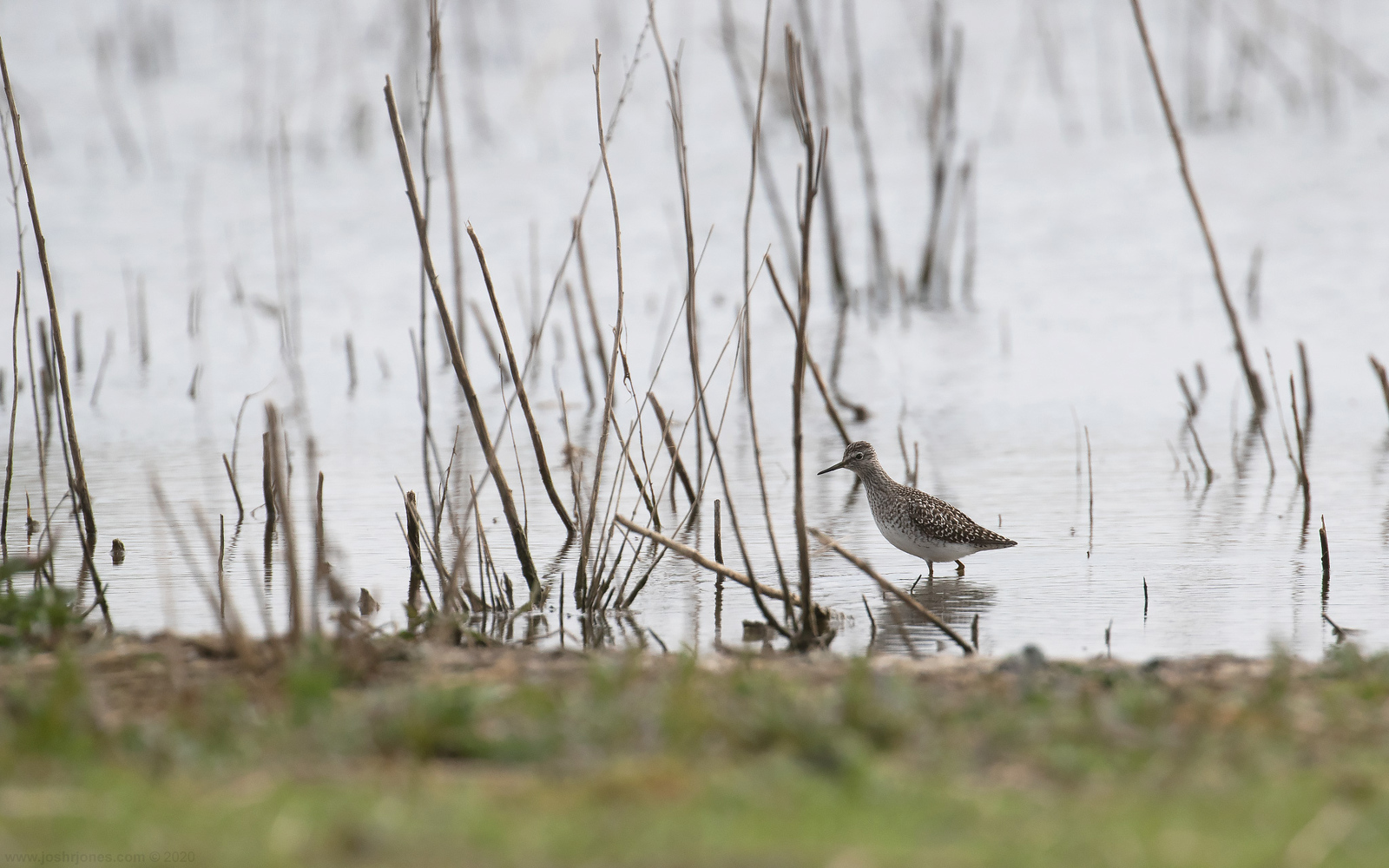
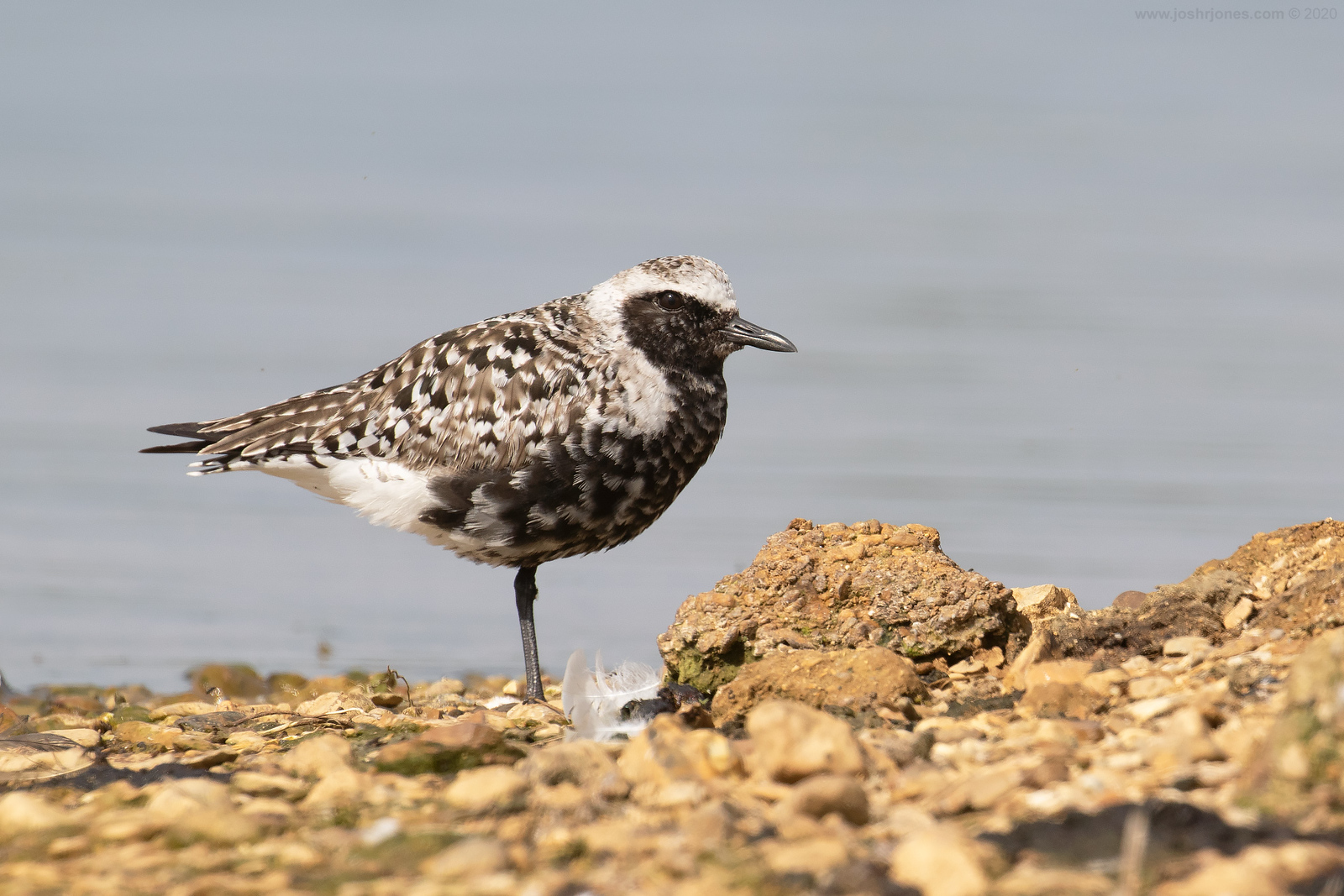
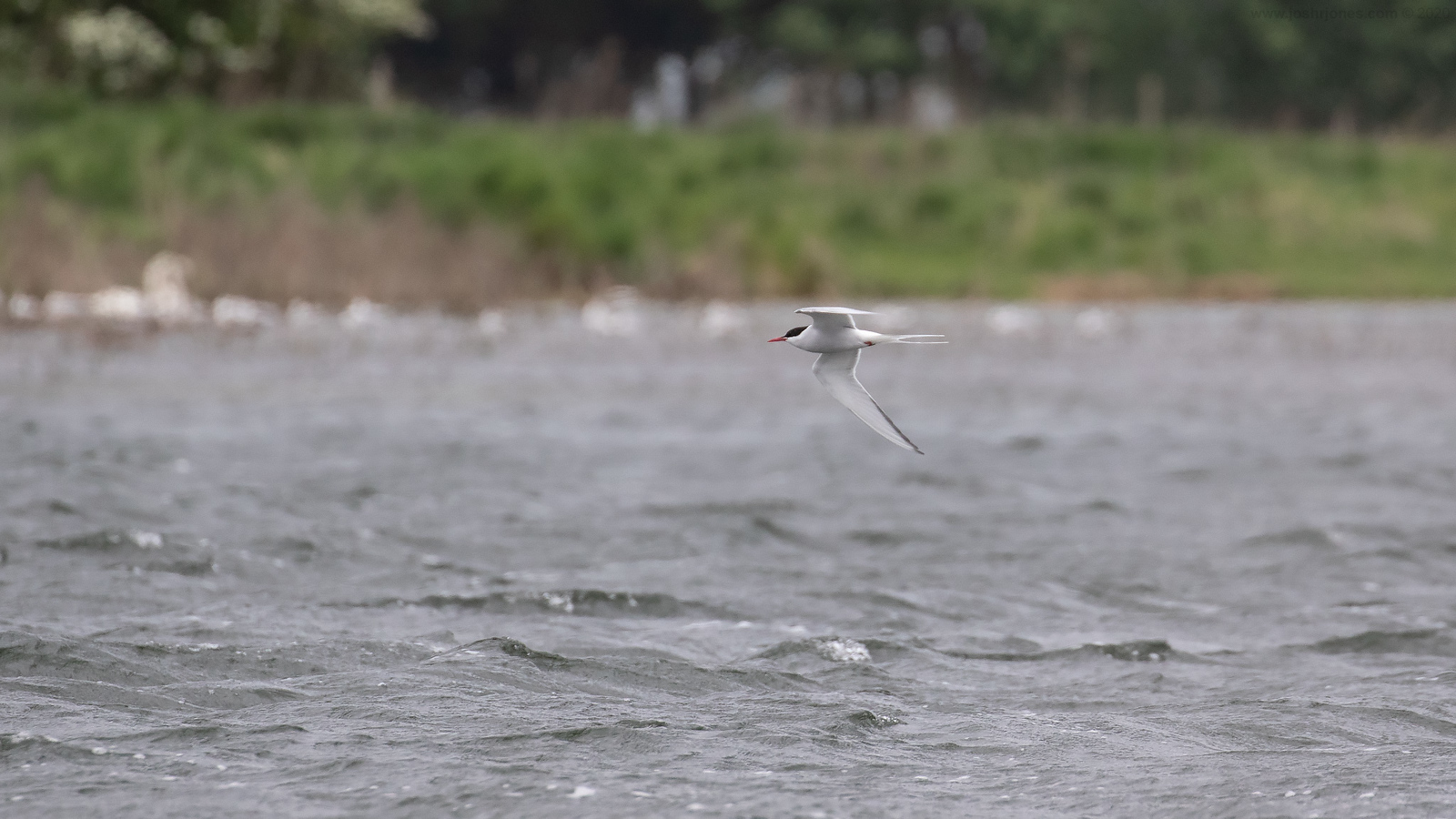
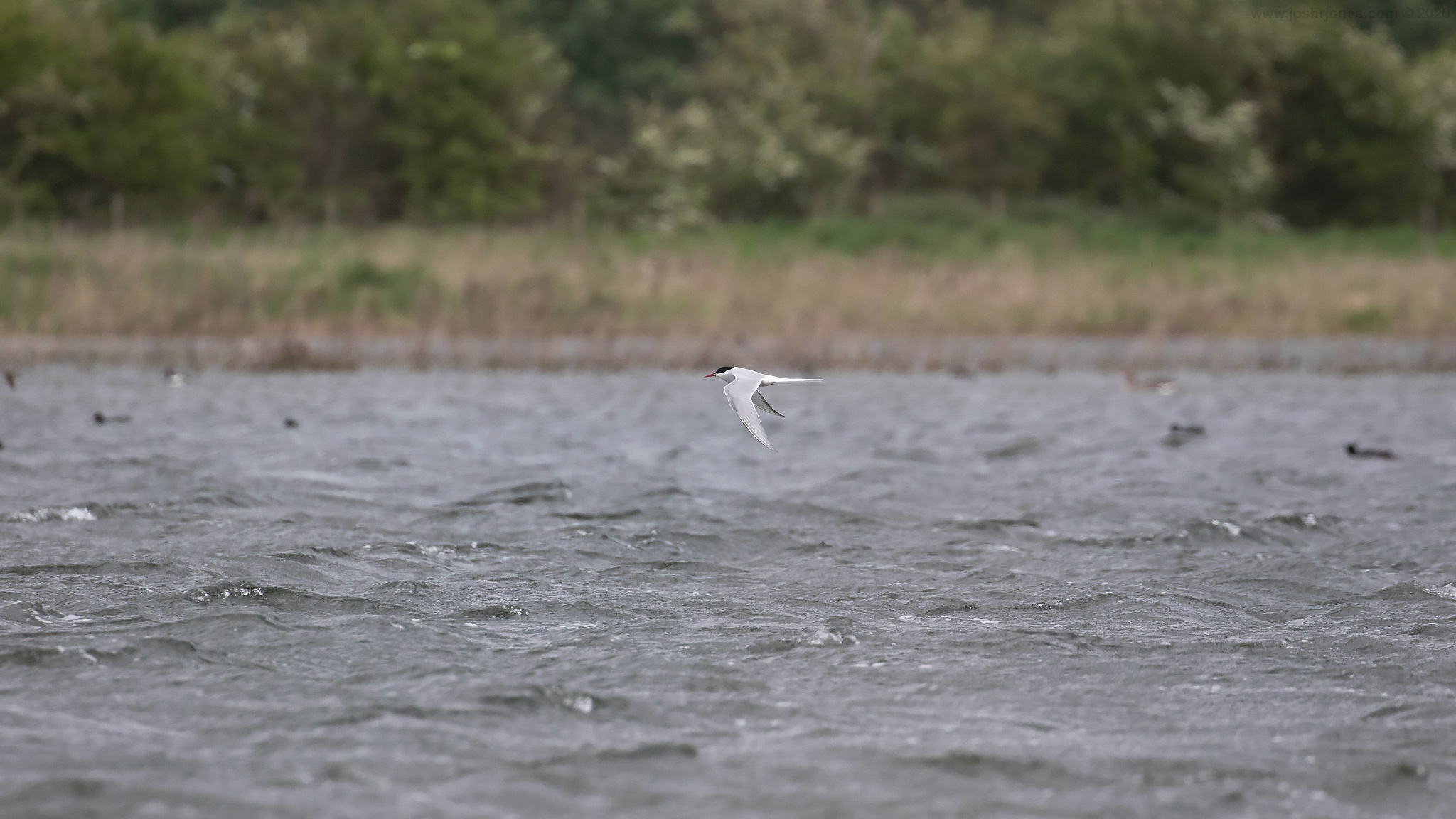
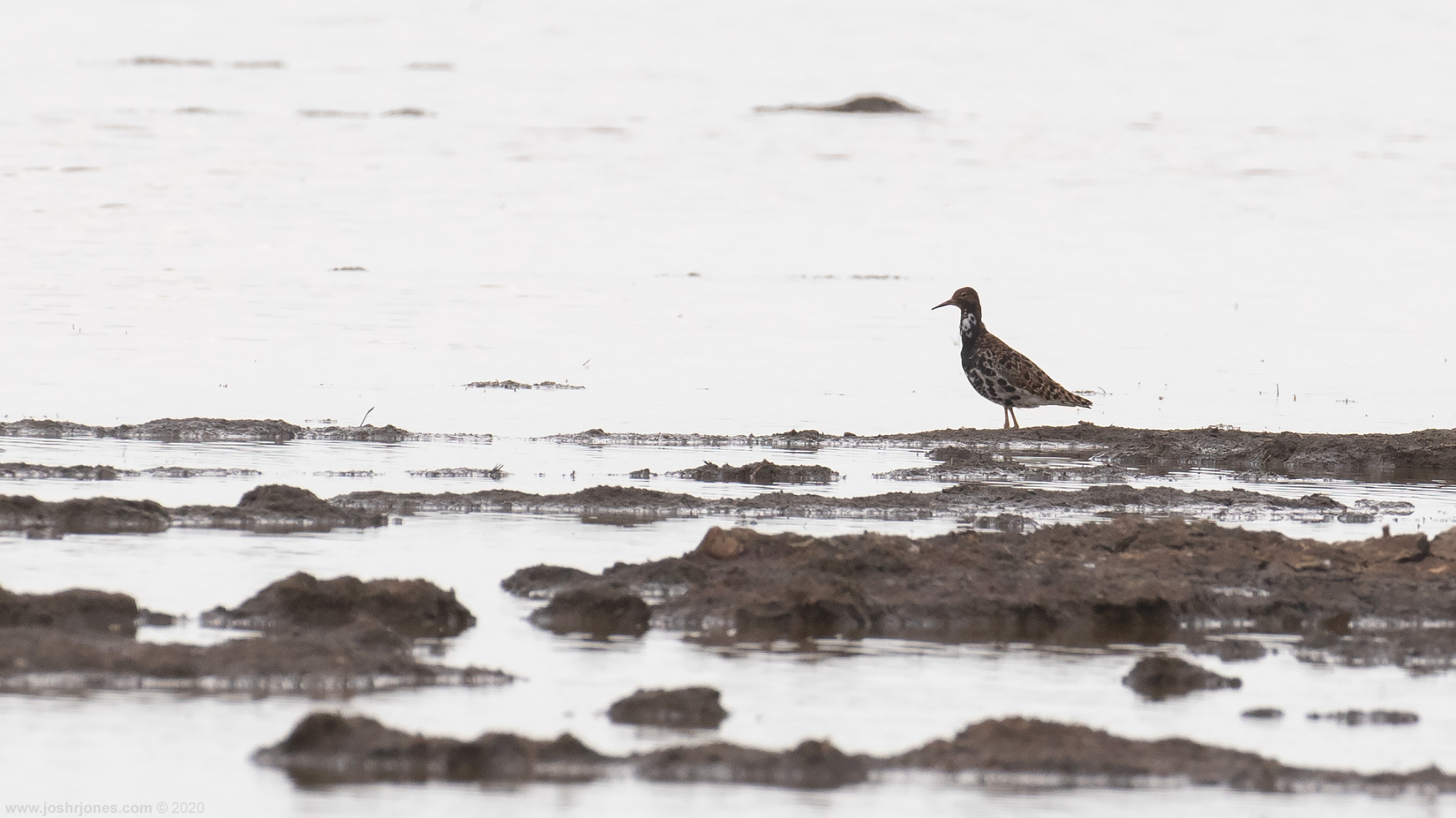
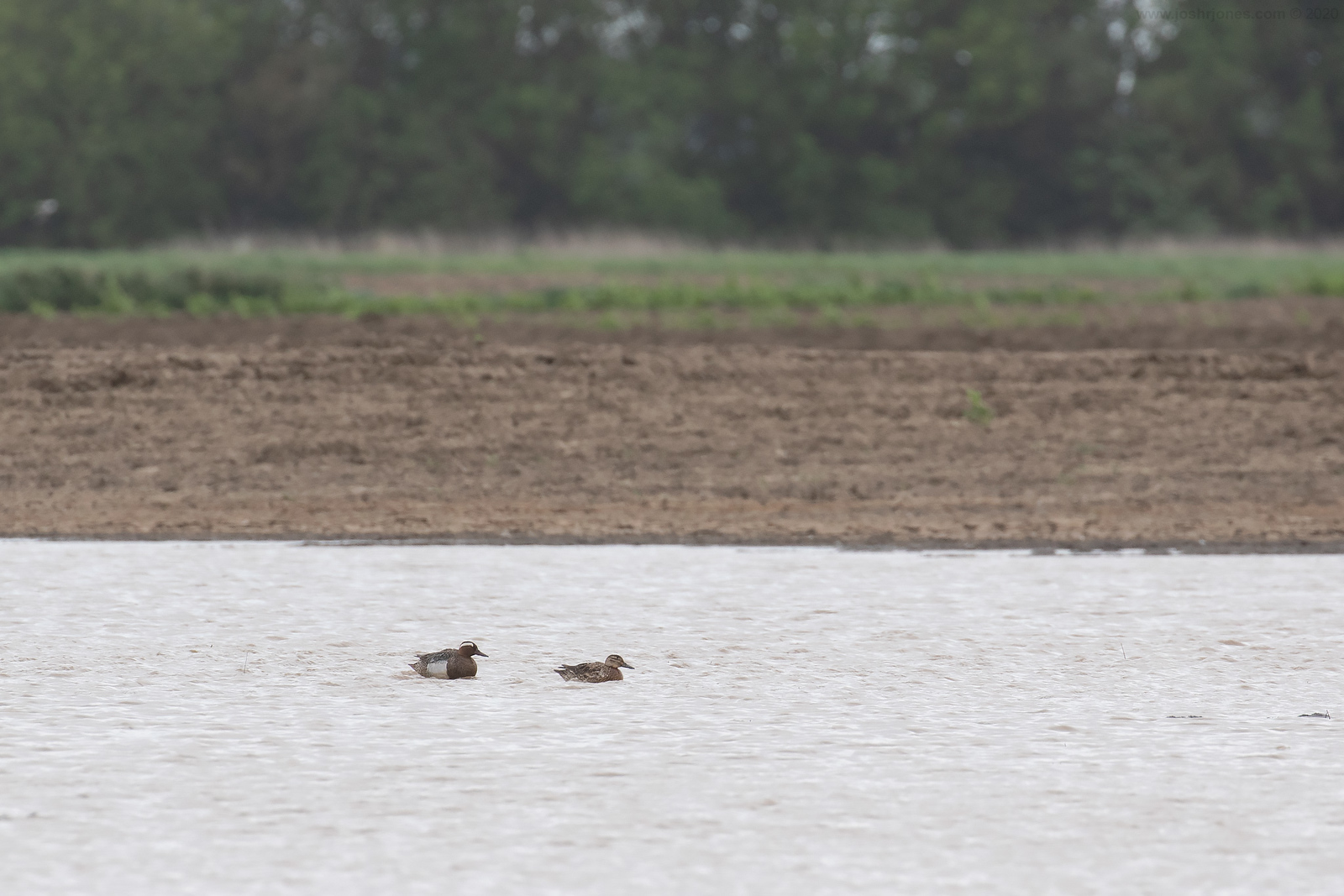

 RSS Feed
RSS Feed